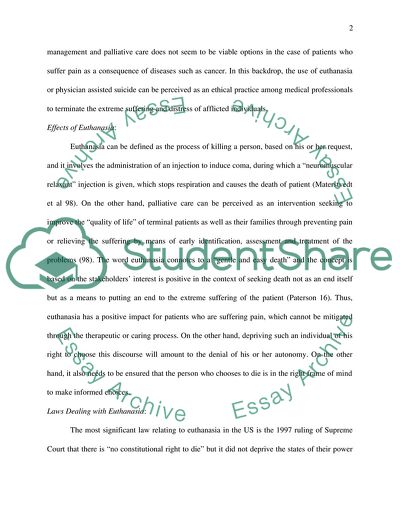Cite this document
(An Analysis of the Ethical Aspects of Euthanasia for Practicing Research Paper, n.d.)
An Analysis of the Ethical Aspects of Euthanasia for Practicing Research Paper. https://studentshare.org/social-science/1810631-is-euthanasia-an-ethical-practice-among-the-medical-profession
An Analysis of the Ethical Aspects of Euthanasia for Practicing Research Paper. https://studentshare.org/social-science/1810631-is-euthanasia-an-ethical-practice-among-the-medical-profession
(An Analysis of the Ethical Aspects of Euthanasia for Practicing Research Paper)
An Analysis of the Ethical Aspects of Euthanasia for Practicing Research Paper. https://studentshare.org/social-science/1810631-is-euthanasia-an-ethical-practice-among-the-medical-profession.
An Analysis of the Ethical Aspects of Euthanasia for Practicing Research Paper. https://studentshare.org/social-science/1810631-is-euthanasia-an-ethical-practice-among-the-medical-profession.
“An Analysis of the Ethical Aspects of Euthanasia for Practicing Research Paper”. https://studentshare.org/social-science/1810631-is-euthanasia-an-ethical-practice-among-the-medical-profession.


